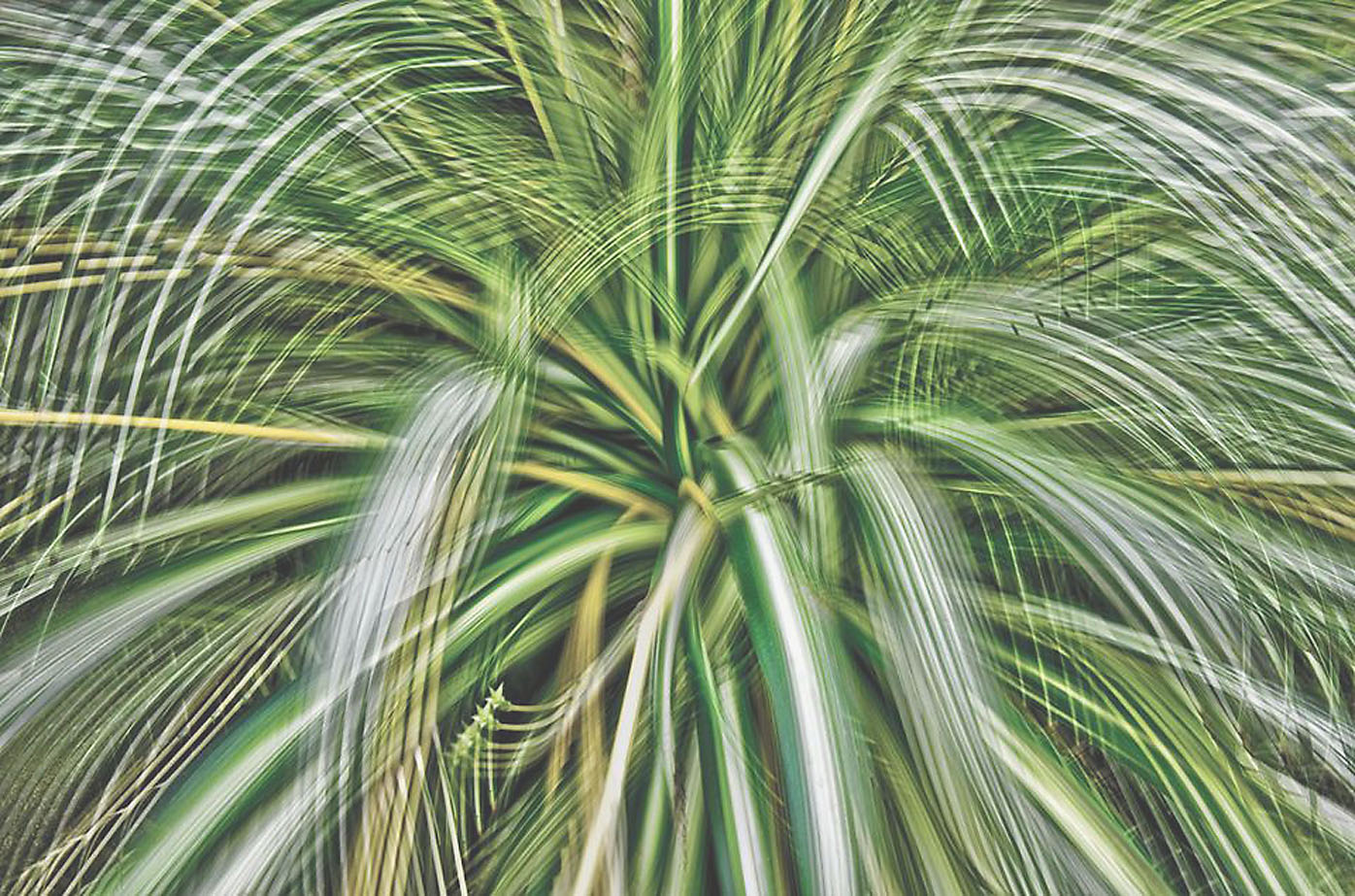Atsushi Okabe's graduation work is an experiment with Rubik's Cubes and abstraction. The result is graphic, colorful and pleasing to the eye. By zooming the lens of his camera while the shutter is open, Okabe creates latticed images that seem to plunge away from the viewer into geometric and unearthly spaces. It's a bit like the tesseract in Christopher Nolan's "Interstellar" or op art by Victor Vasarely.
On first seeing these images, gallery owner Kana Kawanishi saw beyond ordered patterns and perceived what she thought was a particularly esoteric sensibility. Okabe's "Faces" at the Kawa Kawanishi Gallery, reveals the results of a developing practice in new work that is more simple and less visually seductive than the Rubik's Cube images, but much more discombobulating.
Okabe takes everyday objects and materials and photographs them as surfaces that — either through changes in scale or their arrangement into uniform compositions — become baffling and bizarre. The intention behind this has a whiff of Platonic idealism: Okabe is driven by the desire to share his notion that all around us is a kind of harmony of shapes and forms that we can perceive if we strip away the distractions of function and cultural association.


















With your current subscription plan you can comment on stories. However, before writing your first comment, please create a display name in the Profile section of your subscriber account page.